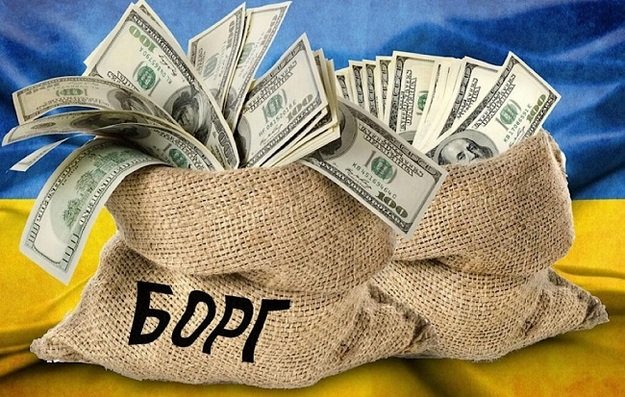Andrew Abir, deputy governor of the Bank of Israel, recently said that traditional cash was once competitive with other payment methods, but its role has “eroded” because of technological limitations as finance becomes increasingly digital.
Abir made the statement during his speech at the “Engines of the Israeli Ecosystem” conference on April 16, where he also announced a new sandbox to test a central bank digital currency called the digital shekel.
The API-based sandbox will allow financial entities, fintech companies, and other participants to participate and develop use cases for the digital shekel.
Catalyst for competition
The central bank official said that CBDCs have the potential to become a “trustworthy catalyst” to increase financial competition among banks.
He said the digital shekel’s versatility will allow it to compete with other digital payment methods that have sidelined traditional cash in recent years. CBDCs can be used in digital and e-commerce transactions, filling a role that central bank-issued cash cannot.
The digital shekel will secondly encourage competition between external services built on the new platform. Participants will act as Payment Service Providers or Additional Services Providers, allowing for competition between digital shekel-based services.
The sandbox will help the Bank of Israel understand how it can design a CBDC system to support the use cases that participants create.
Digital shekel not confirmed
Despite positive remarks and developments related to a CBDC, the Bank of Israel has not confirmed with any certainty that it will create or issue a digital shekel as of April 2024.
The bank’s web page currently states that “a plan of action will be prepared that can be put into action in the future if conditions warrant it” after accounting for potential costs and risks.
Despite its reservations, the Bank of Israel has conducted several initiatives involving the digital shekel. In March, the bank discussed logical architecture for a digital shekel based on the results of an experiment called “Project Sela.”
In an earlier experiment called “Project Icebreaker,” the bank explored the use of retail CBDCs in cross-border payments.













